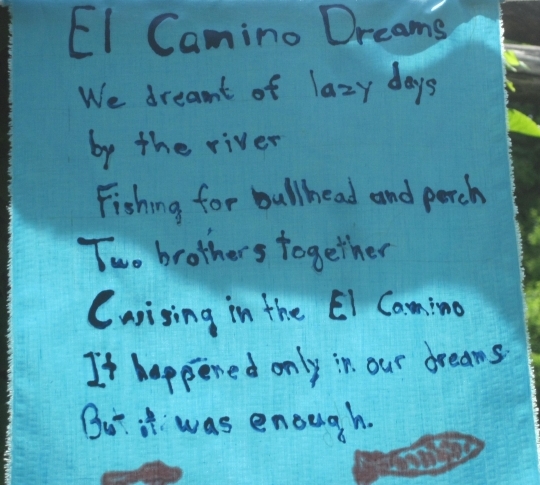03 Sep Do Men Grieve in the Same Way as Women?
 The short answer to this question is “Sometimes, but not always.” Men often grieve a death loss differently than women. They may be more likely to “do” rather than to talk or emote in response to a death. If you’re a man who’s grieving, or if you’re supporting a man in grief, this difference in style can be confusing. In our society men are discouraged from showing emotion. Yet when a man who is grieving doesn’t talk about his loss, or show visible signs of processing the death loss, people around him worry that “he’s not grieving.” It’s important to understand that a man might be grieving in his own way, and that way might be more active, stoic, or analytical than a woman’s way.
The short answer to this question is “Sometimes, but not always.” Men often grieve a death loss differently than women. They may be more likely to “do” rather than to talk or emote in response to a death. If you’re a man who’s grieving, or if you’re supporting a man in grief, this difference in style can be confusing. In our society men are discouraged from showing emotion. Yet when a man who is grieving doesn’t talk about his loss, or show visible signs of processing the death loss, people around him worry that “he’s not grieving.” It’s important to understand that a man might be grieving in his own way, and that way might be more active, stoic, or analytical than a woman’s way.
Most men feel the need to be strong. They also may feel the need to be active, and to be protectors of those they love. These needs can complicate the grieving process, but they don’t necessarily need to, if they are understood.
In their book When a Man Faces Grief/A Man You Know is Grieving, Thomas R. Golden and James E. Miller encourage men who are grieving to use their natural strengths to move toward grief, and therefore take a step toward healing. They suggest asking yourself questions to understand what your natural strengths might be:
- What am I good at?
- What do I look forward to doing?
- What gives me a deep sense of pride?
Then, the authors encourage men to approach grief by way of their strengths. They give an example of a widower who was a woodworker and who made blocks and toys for the preschool where his wife had taught. Each time he gave his donations to the school he explained why he was doing it and each time he moved a bit deeper into his grief. Another example of a man processing his grief through action is of a widower who enjoyed being with people and who became a volunteer at the hospital where his wife had been a patient prior to her death.
Dennis Ryan wrote of discovering a path to grief in an essay after his infant son’s death. It appears in the book Living with Grief: Before and After the Death. He speaks of his having no skill or male models for expressing his feelings of grief. He watched his wife’s process which included crying frequently and talking with female relatives and friends about the baby’s death, but these avenues felt unavailable to him. He began to read about grief and learned of the importance of personalizing grief. He was inspired, through his reading, to make a tombstone for his little boy’s grave. He searched for the perfect piece of granite and then spent many hours with hammer and chisel, carefully engraving the words he and his wife had chosen for their little boy, even though he had no experience in working with stone. He writes, “I didn’t understand that I had to do this to express my grief; I just knew it was the right thing for me to do.”
There are warning signs that a man might be repressing real feelings of grief. Such repression can be unhealthy in the long run. Withdrawal, physical aches, chemical abuse and workaholism are among some of these signs, and friends and family would do well to talk with the grieving man about their concern for him and encourage him to seek help. But don’t jump to the conclusion that a man in grief may not be “facing” his loss simply because he doesn’t display the emotions and behaviors we often associate with a bereaved person. Spend some time in reflection, if you are the man who is grieving, to see if you’re doing things which help you face and work through your grief. Likewise, if you’re supporting a man who’s grieving, take time to talk with him about how he’s processing the loss. Perhaps he’ll discover he’s doing more grieving than he realized.
Both books mentioned here are available in our lending library, and a copy of a brochure entitled “Helping a Man Who is Grieving” is available by asking our bereavement staff.

